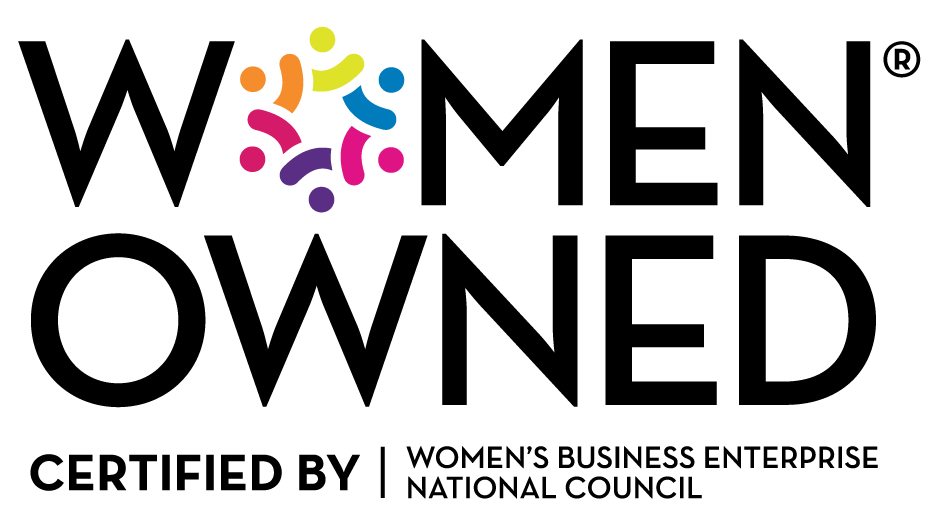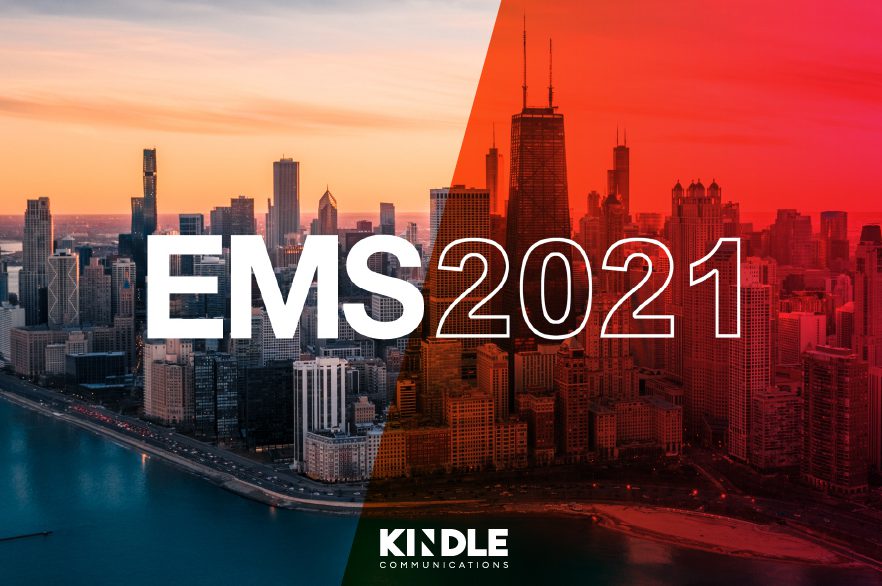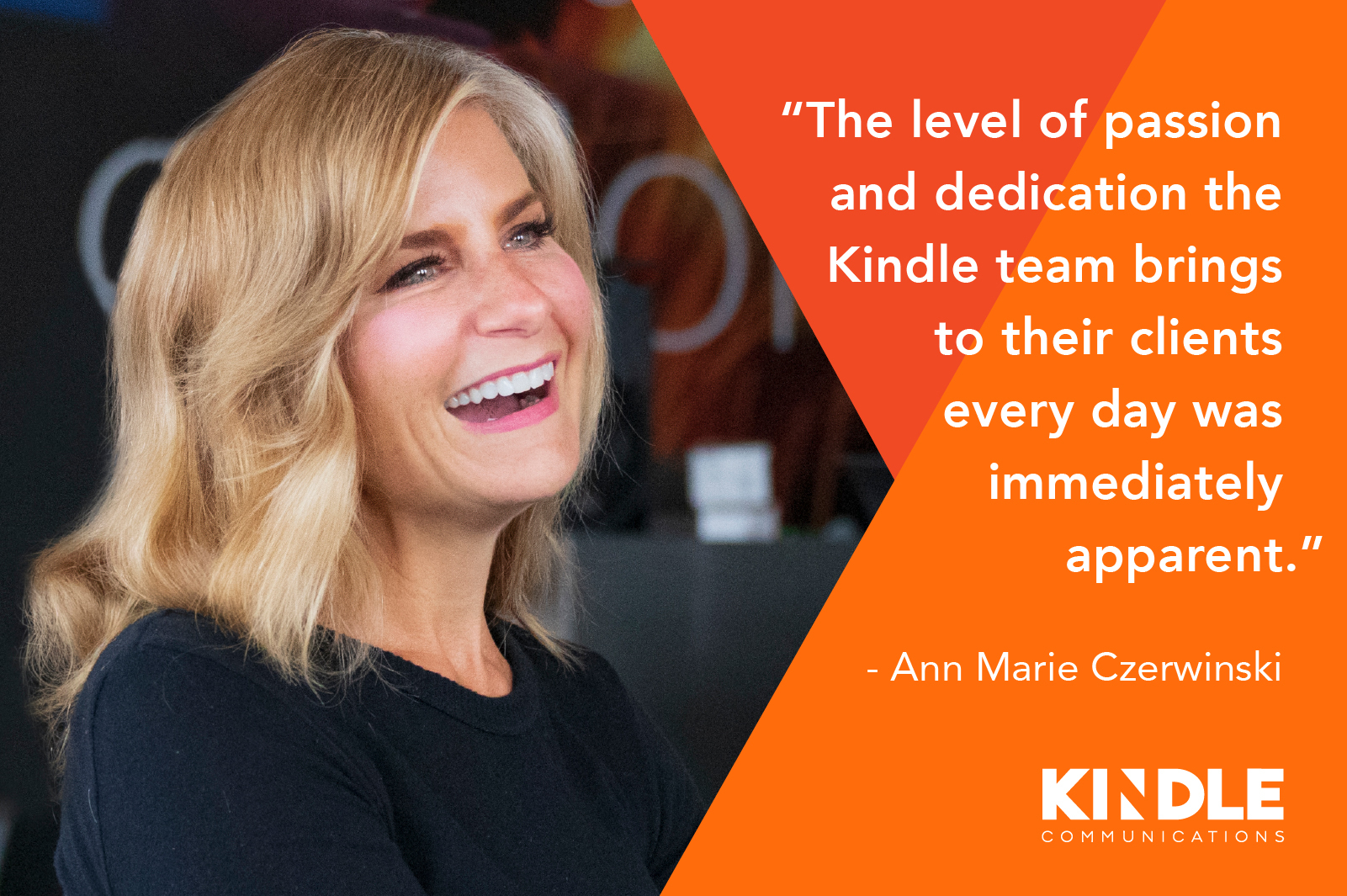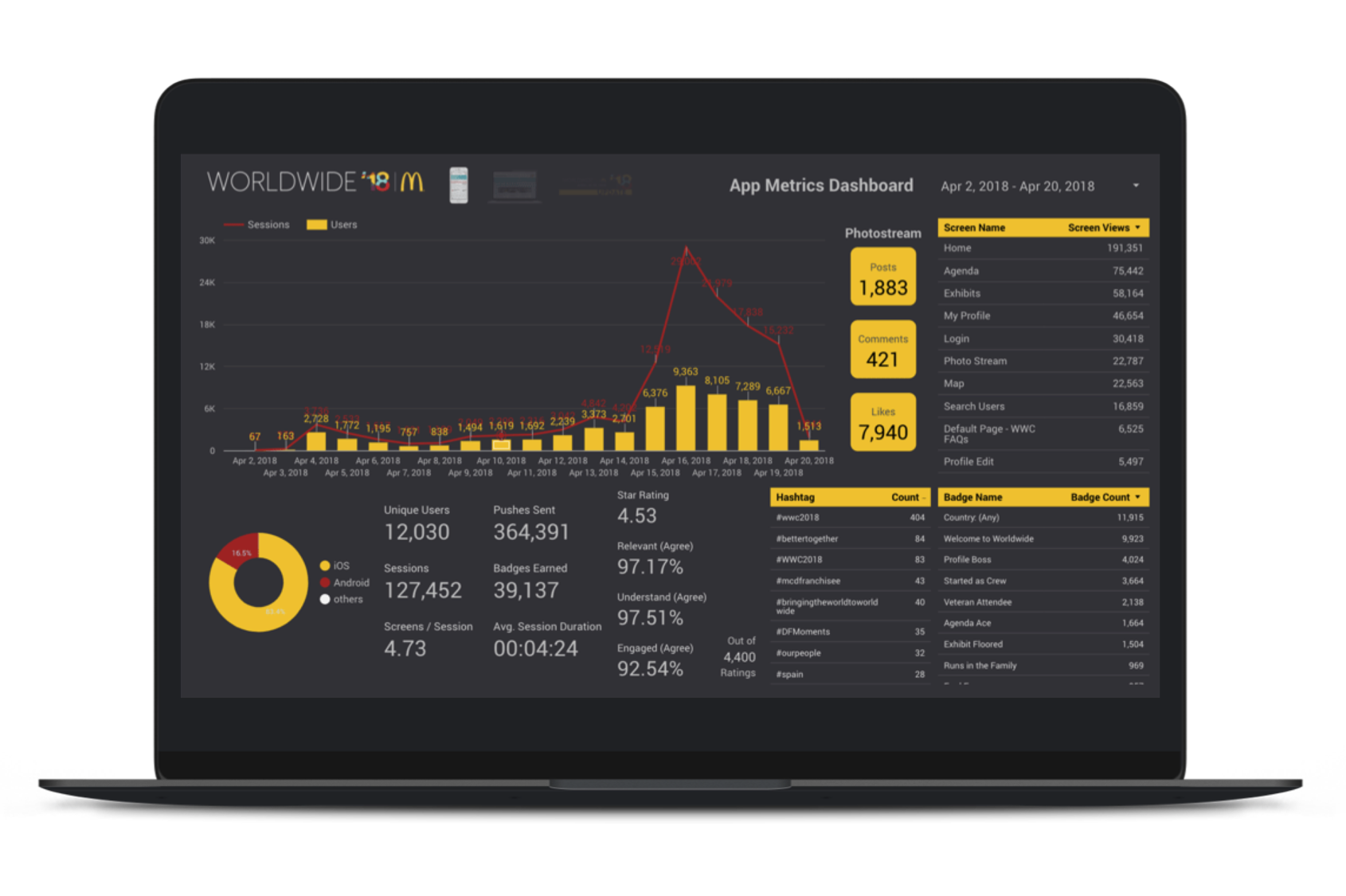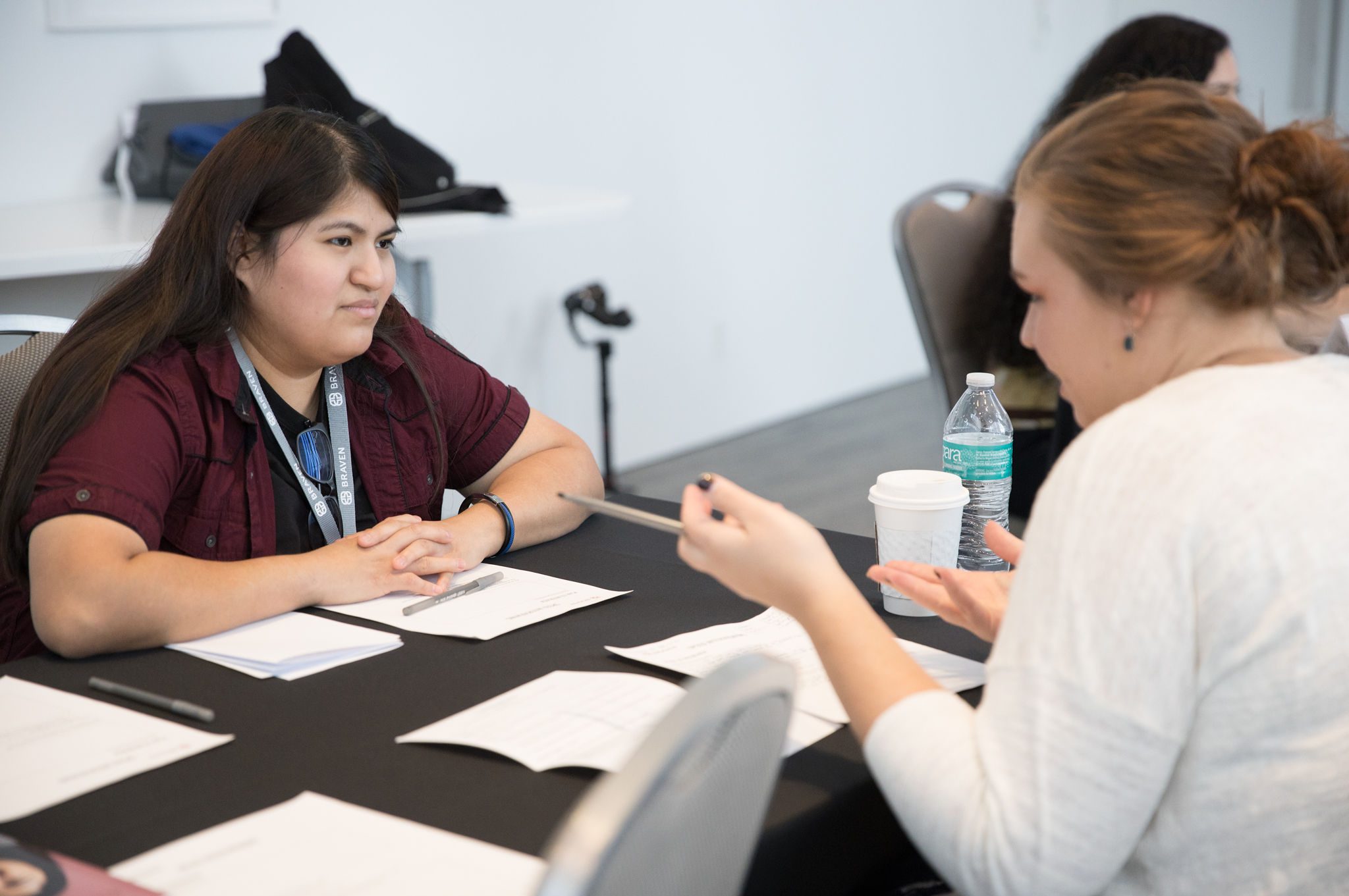From Live to Remote: 5 Ways to Maintain Audience Engagement When the Coronavirus Halts Live Events
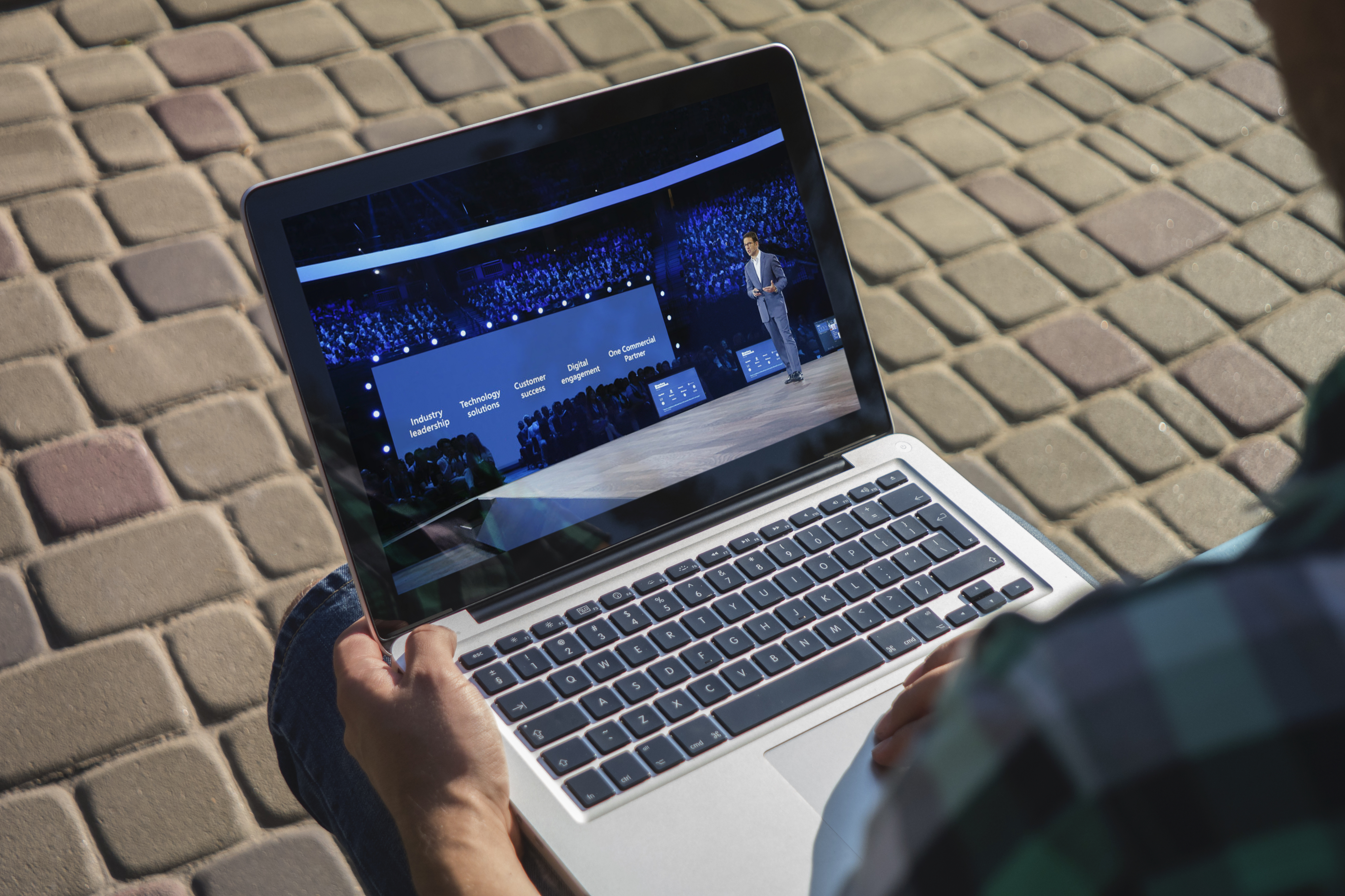
It’s a topic that has plastered our TV screens and taken over news articles across the globe. The coronavirus, or COVID-19, has not only impacted the health of thousands of people, but launched a widespread concern amongst businesses and families alike. As event professionals, we’re trained to be prepared for the “anything can happen” situations, and in the wake of COVID-19, we’ve been challenged with a level of creativity, adaptability and adjustment like never before.
While we fundamentally live by the unparalleled value of hosting live events, when your flagship event risks cancellation, there are many alternatives that still allow you to engage your audience without the live, in-person aspect. Here are five ways to implement contingencies that retain effective delivery of content and ignite your audiences in unique ways:
1. Shift to local, satellite events
Maintain the impact and engagement of a live event, but on a smaller scale. By hosting local experiences organized by district or region, attendees can still feel unified and stimulated by the energy of a live event. Live feeds can be utilized to share footage from the smaller-scale events happening across the country or globe to emphasize nationwide connectivity. Leveraging satellite events eliminates the need for air travel, while still allowing groups of attendees to come together, driving connections and providing a brand experience to individuals in a more intimate way.
2. Live stream to immerse your audience remotely in real time
Live streaming allows attendees access to live, virtual sessions via an online portal or company intranet. Similarly to a virtual Town Hall, the event can be filmed onsite at company headquarters or already contracted venues. The addition of interactive elements such as text polling & comments, virtual panels with live Q&A, and pre-read materials or session guides also makes the experience both dynamic and participatory. Webinars may also be archived and later used for on-demand viewing.
3. Develop a meeting-in-a-box for remote attendees
In the situation that your attendees are engaging in your events remotely, provide remote-live kits to maintain the spark of a live event. For example, remote attendees may receive a kit with an event ticket with a registration URL, log on information, a printed agenda, event swag, and more to enhance their digital experience and recreate the company pride that is embedded in live events. Communication channels such as Yammer, Slack or intranets can be utilized, urging remote attendees to submit selfies or photos in their swag to encourage participation and interaction with their kits.
4. Gamify learning experiences and training modules to incentivize participation
The implementation of gamified learning experiences ensures your remote content is both memorable and dynamic. By utilizing tools like text polling or other channels of communication, remote attendees can engage with the content after each presentation. Not only does this give your digital event another dimension of interactivity, it aids in the overall retention of information, which otherwise may become jeopardized when attendees aren’t experiencing the event live. This also offers real time feedback on which experiences are effectively reaching your audience.
5. Leverage podcasts or video-based communications to provide ongoing navigation and reassurance.
Rethink your content, format and cadence of delivery for the long term and beyond simply ideating alternatives to live events. Consider sharing bite-sized content and updates across a longer period to avoid messaging overload and keep engagement high. By delivering clear communications across a variety of channels, your audience can more effectively consume your content and information. For example, using podcasts and videos, virtual regroups and email updates may all be used to reach your audience in an array of ways.
With every live event comes the possibility for disruption. Kindle views disruptions as an opportunity to think strategically and provide innovative, proactive solutions for our clients. It’s imperative to consider your overarching objectives first then identify creative ways to transform your live event into an evolved, high-impact remote experience.



